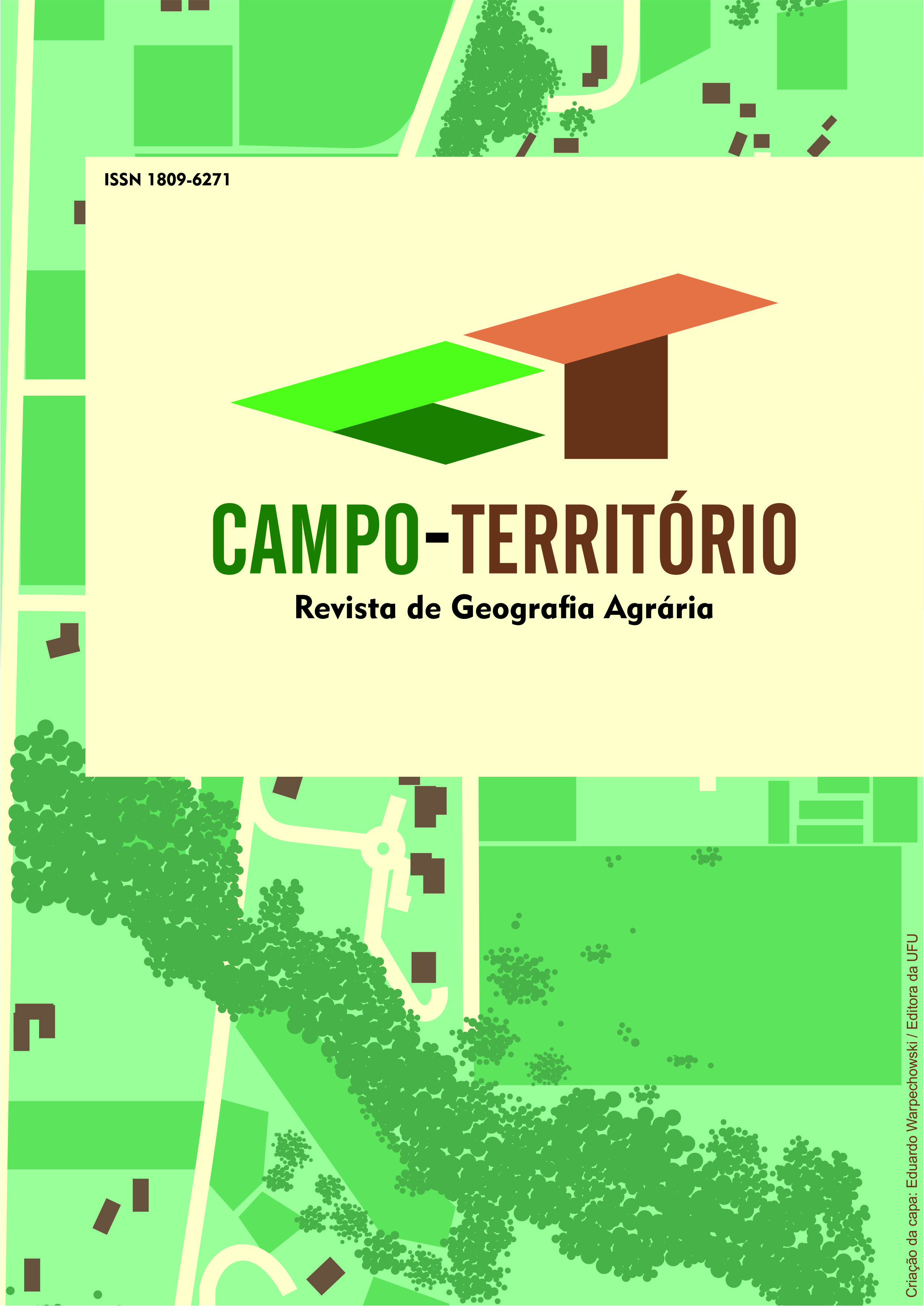El sistema milpa intercalado con árboles frutales (MIAF)
evaluación agroecológica a diez años de su implementación en Chamula, Chiapas, México
DOI:
https://doi.org/10.14393/RCT174867657Palavras-chave:
Indicadores, Agricultura sustentable, Agroforestería, Aguacate Hass, MaízResumo
El objetivo de esta investigación fue evaluar el sistema agroforestal Milpa Intercalada con Árboles Frutales (MIAF) durante un ciclo productivo (2020-2021) en la comunidad Icalumtic, Municipio de Chamula, Chiapas, comunidad que ha desarrollado una experiencia de diez años con este sistema agroforestal. Se utilizó un método de evaluación de la sustentabilidad agroecológica propuesto por Altieri y Nicholls (2002) usando 30 indicadores cuantitativos y cualitativos, los cuales fueron definidos con la comunidad de manera participativa. Estos indicadores estuvieron categorizados en tres ejes de sustentabilidad: eje ecológico-técnico-productivo, eje socioeconómico y eje sociopolítico-cultural, abordados desde los conceptos de la agricultura sustentable y los sistemas agroforestales. Se aplicó el cuestionario a ocho hombres y ocho mujeres y en cada parcela se hicieron muestreos de área en cuadrados de 5x5m. Los resultados se sistematizaron en hojas excel, para ser analizados con gráficas “ameba”, para lo cual se usó una escala de 0 a 10 para calificar la sustentabilidad del sistema de acuerdo con los indicadores propuestos, 0 para el menos sustentable y 10 para el más sustentable. Para el análisis de los resultados de los muestreos en parcelas y los cuestionarios también se usó estadística descriptiva y análisis del discurso. Entre los resultados se obtuvo un promedio general y mediante el análisis de los gráficos radiales, encontramos un promedio de 8.16 para el eje ecológico técnico productivo, de 7.23 para el eje sociopolítico-cultural, ambos dentro de la sustentabilidad medianamente aceptable; para el eje socioeconómicos fue de 4.04, dentro de la sustentabilidad no aceptable.
Downloads
Downloads
Publicado
Edição
Seção
Licença
Copyright (c) 2022 Revista Campo-Território

Este trabalho está licenciado sob uma licença Creative Commons Attribution-NonCommercial-NoDerivatives 4.0 International License.






























